A brilliant Easter Vintage Festival!
Posted by Chris Graham on 27th June 2023
Peter Love reports on the brilliant Easter Vintage Festival which took place at the Great Central Railway in Leicestershire in early April.
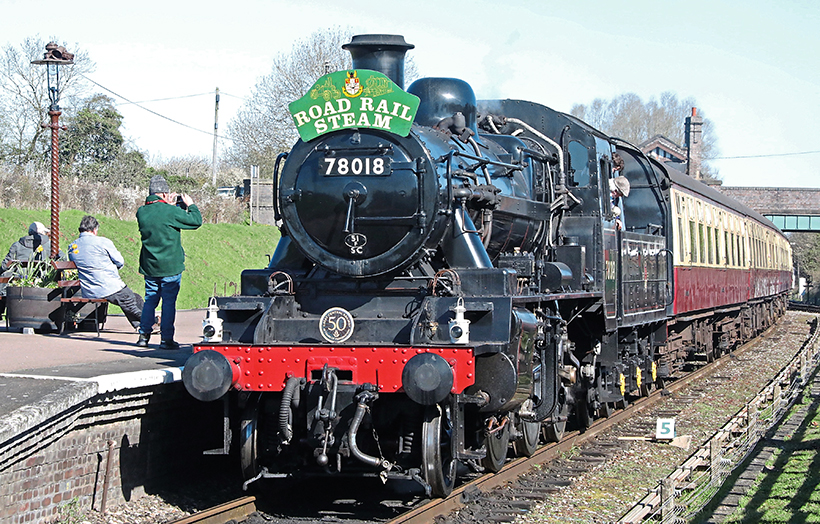
Easter Vintage Festival: Seen at Quorn & Woodhouse, with the first steam train of the day, is No. 78018. (Pic: Peter Love)
On January 1st, 1923, the Great Central Railway was amalgamated into the big four, as part of the London & North Eastern Railway and, with the nationalisation of the railways in 1948, the system became part of the Eastern Region. Sadly for some, the GCR was then swallowed-up by the Midland Region in 1958.

John Cooper fires BR Standard Class 2 2-6-0 78018 Darlington on another run to Leicester North. (Pic: Peter Love)
The Midland and the GCR had been bitter rivals and, as expected, the GCR drew the short straw and the system was run down, with through express trains to Marylebone withdrawn in 1960, and a sub-standard, semi-fast service being introduced between Nottingham and London. After the Beeching Plan was enacted, stations such as Belgrave & Birstall and Quorn & Woodhouse were closed in 1963. Sadly in 1966 the line was closed as a through route to London, and was severed just south of Rugby, while Nottingham Victoria was torn down in 1969.
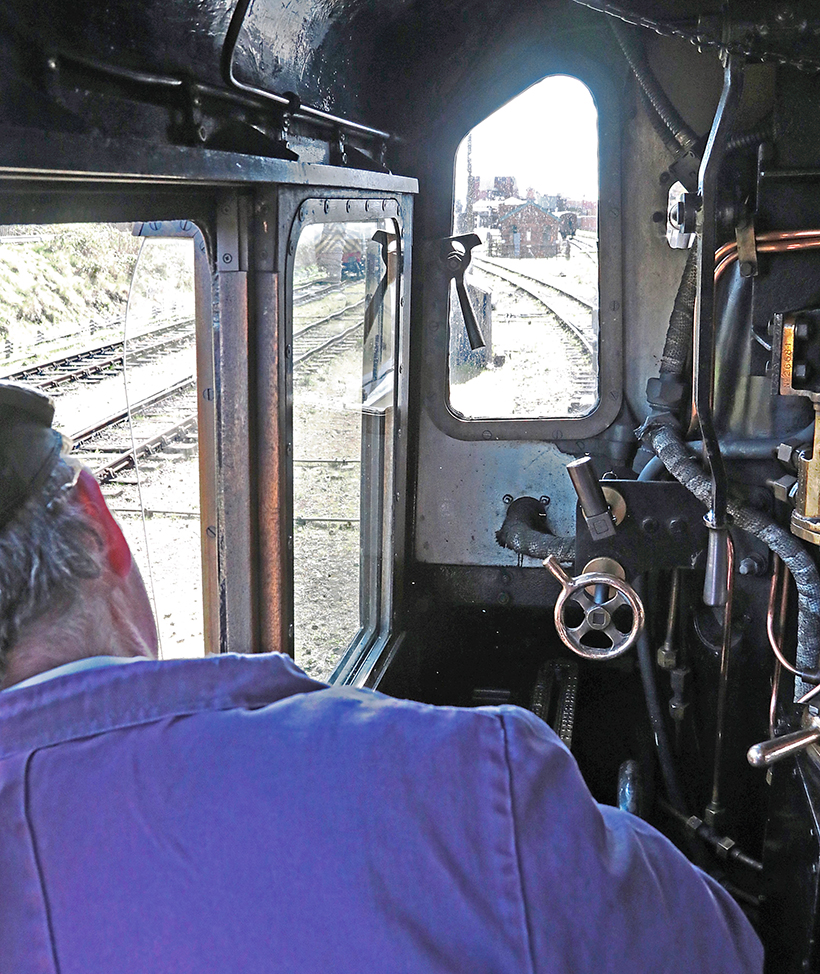
From the driver’s side, Richard Brown is in command of No. 78018. (Pic: Peter Love)
However, a group of enthusiasts was determined to keep the GCR heritage going for the running of mainline locomotives, and the Mainline Preservation Group was formed to begin the mammoth task of preservation. Unfortunately, fund-raising didn’t go very well and, in 1971, the Main Line Steam Trust was formed and registered as a charity to raise funds through covenants. This, too, proved to be not quite the ticket for the purchase of a short section of the single track line from Loughborough to Rothley, so the Great Central Railway (1976) Ltd was formed to raise funds through the sale of shares. This turned out to be partially successful, with Charnwood Borough Council coming to the rescue by purchasing the land from Loughborough Central to Belgrave & Birstall.
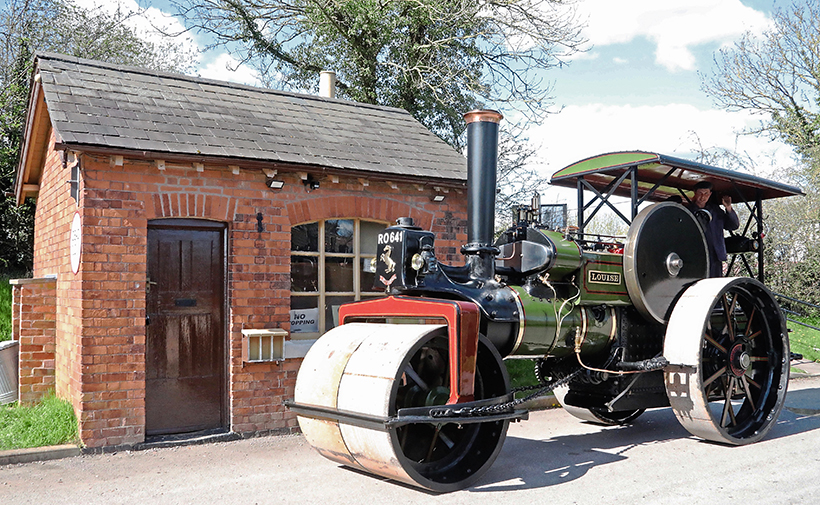
Looking superb is ex Taylor Brothers 1925 Aveling & Porter F type 10-ton compound No. 11240 RO641 Louise. (Pic: Peter Love)
Since then the volunteers and staff have re-installed a double-track section from Loughborough Central to Rothley, and opened a single-track section to Leicester North, just south of the old Belgrave & Birstall station. The ride is excellent with good views of the changing countryside, particularly Swithland Reservoir which you see from both sides of the carriage as you cross Brazil Island. At Swithland Sidings you see the branch line to the Mountsorrel quarries – the line is fully operational on certain occasions, and was a popular destination during the winter, raising more than £20,000 in much-needed funds.
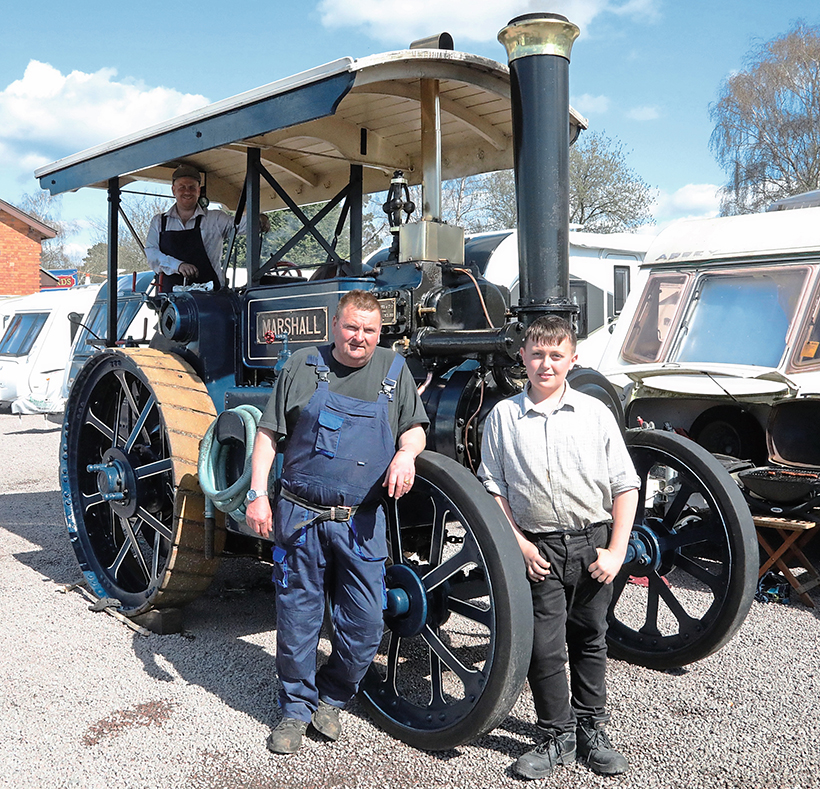
It was good to see the custodians of the 1915 Marshall tractor No. 68823 Jingling Geordie having a great time at Quorn & Woodhouse. (Pic: Peter Love)
There’s a new GCR general manager, Malcolm Holmes, who is well-liked by the staff and volunteers. He keeps everyone informed and is willing to listen to their suggestions in his challenging role. He was aboard the 1961 English Electric type 37 No. 37714 Cardiff Cantrol on driver training on the Good Friday morning of the Easter Vintage Festival.
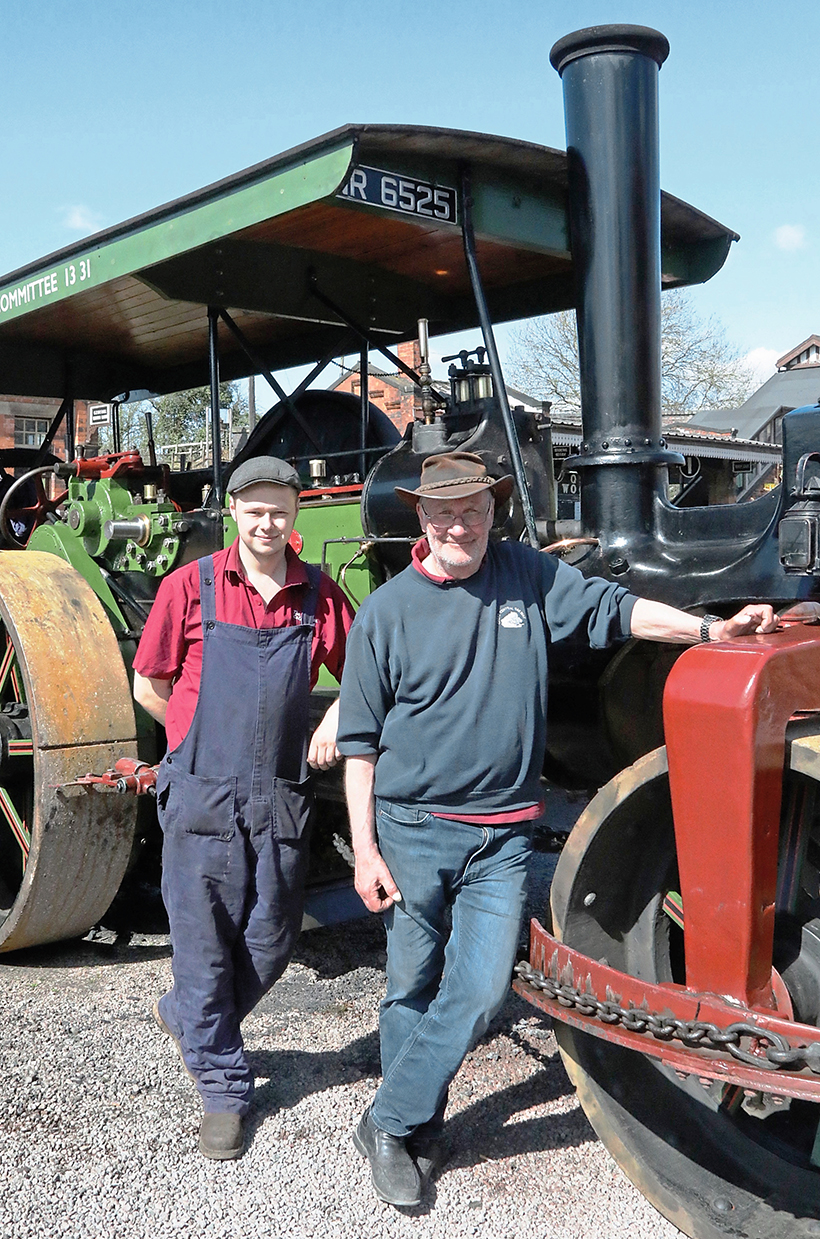
The event celebrated various anniversaries, including 1903 Aveling & Porter Thistledown’s 120th birthday, with owner Mark Stokes and top engineer, Matthew Stanton. (Pic: Peter Love)
On the rails was the much-admired Loughborough Standard Locomotives Group Ltd 1956 Class 5 4-6-0 No. 73156. This was built at the Doncaster works, and was back in service in October 2017 after being out of steam for 50 years.
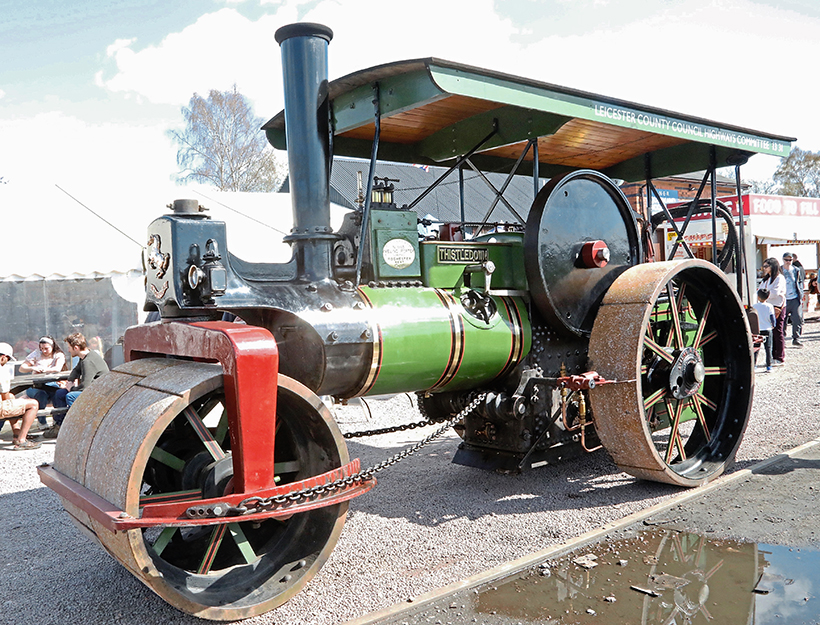
The backbone of this event has certainly been 1903 Aveling & Porter R10 No. 5163 Thistledown. (Pic: Peter Love)
However, the workhorse on the day was 1953 BR Class 2MT 2-6-0 tender loco No. 78018 Darlington, which cost £14,809 (£529,010 today) to build at the Darlington North Road Works. The engine entered service on March 3rd, 1954, at West Auckland and it’s famous for being the engine that got stuck in the winter blizzard at Bleath Gill.
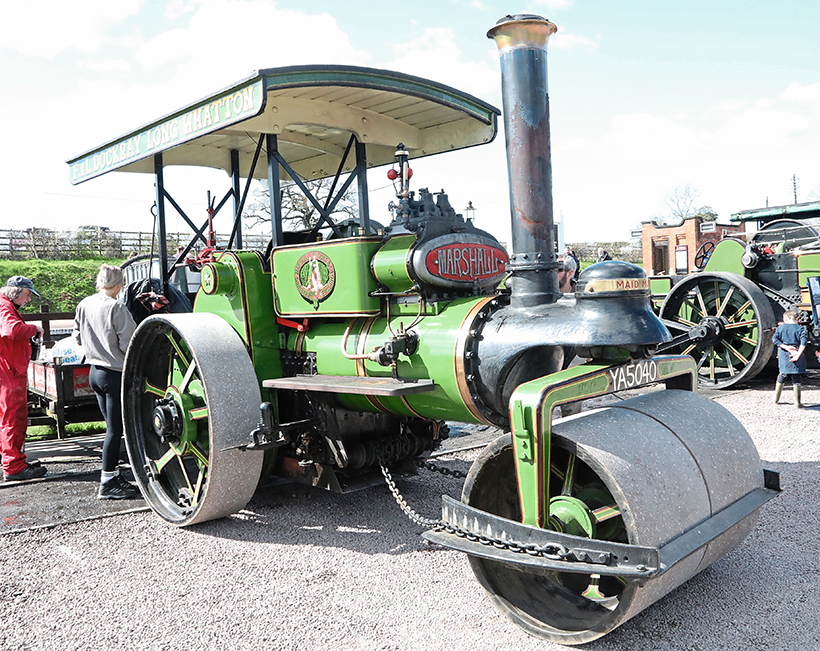
It was great to see the Dockray’s Marshall 8-ton S type No. 76116 YA5040 here; the first of the breed sold, dating from 1923. It was new to Weston-Super-Mare UDC. (Pic: Peter Love)
Darlington ended up at Shrewsbury shed in November 1966 when it was withdrawn. It was stationed in Barry scrapyard for 11 years before being sold for preservation at Shackerstone. Hardly any work was done on the engine and it was resold to the Darlington Railway Preservation Society in 1981. They did much work on the locomotive, before coming to the GCR who completed the job in October 2016 when it made its debut.
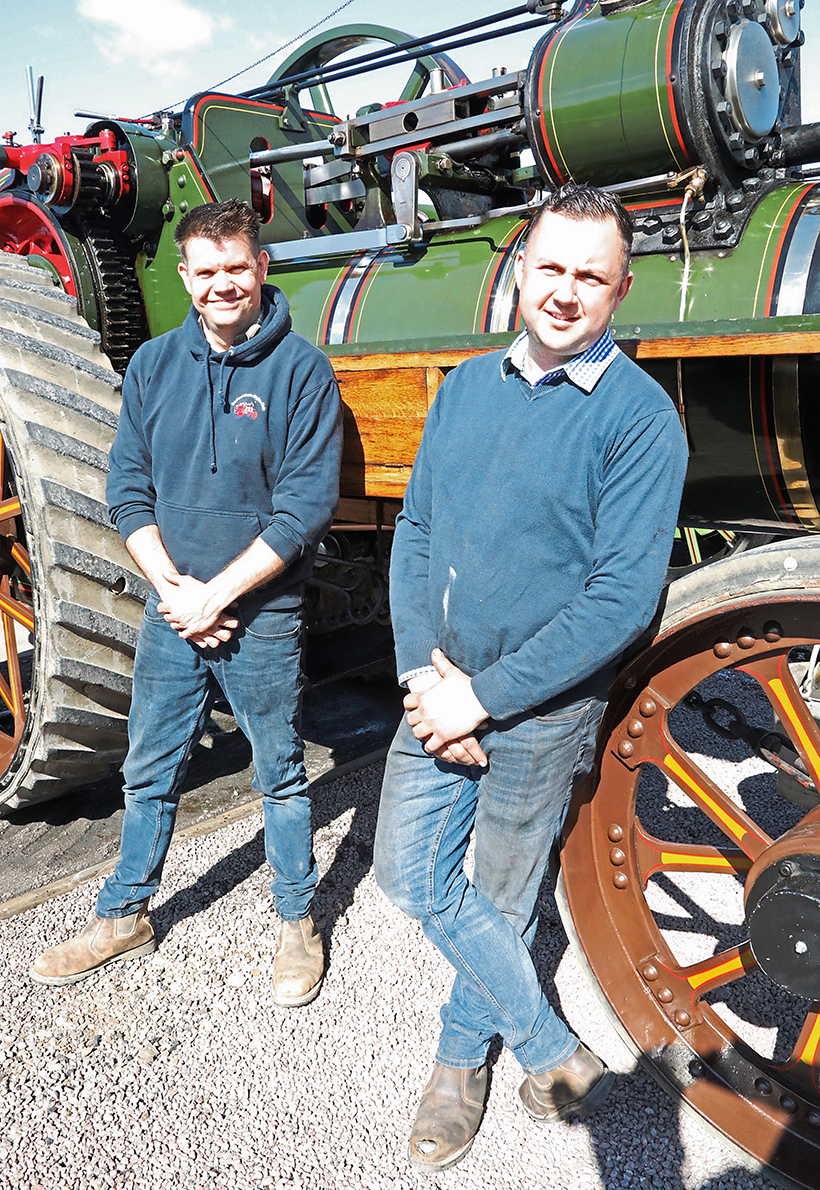
Tom Wing with Karl Titchener, the new owners of Burrell SCC Ted Haggard. (Pic: Peter Love)
I was fortunate to meet up with GCR volunteer driver Richard Brown, who I’ve known for many years and who is an excellent coach and lorry driver. His fireman on No. 78018 was John Cooper, a very affable gentleman who kept the fire, water and 200psi boiler pressure right on the line. There was no blowing-off steam pressure in the stations with these two at the controls!
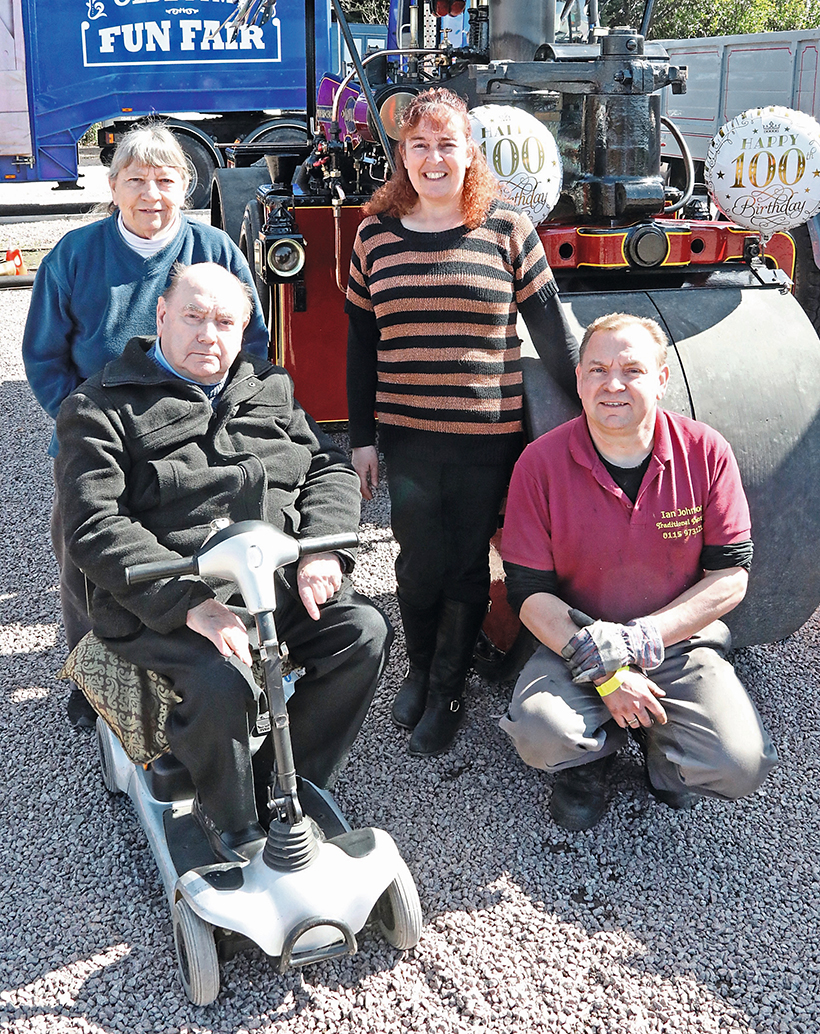
It was good to see the Johnson clan at the show, who are very much into classic stock cars with Ford four-cylinder side-valve racers. (Pic: Peter Love)
I was kindly given a footplate ride to Quorn & Woodhouse, and was impressed by the track condition – the 2-6-0 gave a smooth ride as we travelled over one of the new bridges that have been replaced this winter. John says the Gresham injector picks up well but is slow in administering the water into the boiler – it was used five times between Loughborough Centre and Leicester North. The line has the sister engine No. 78019 in service, and that’s thought to be a better engine than Darlington, with more ‘guts’ to it. In fact, the line also has another Class 2 in No. 46521 which was withdrawn for 10-years last October.
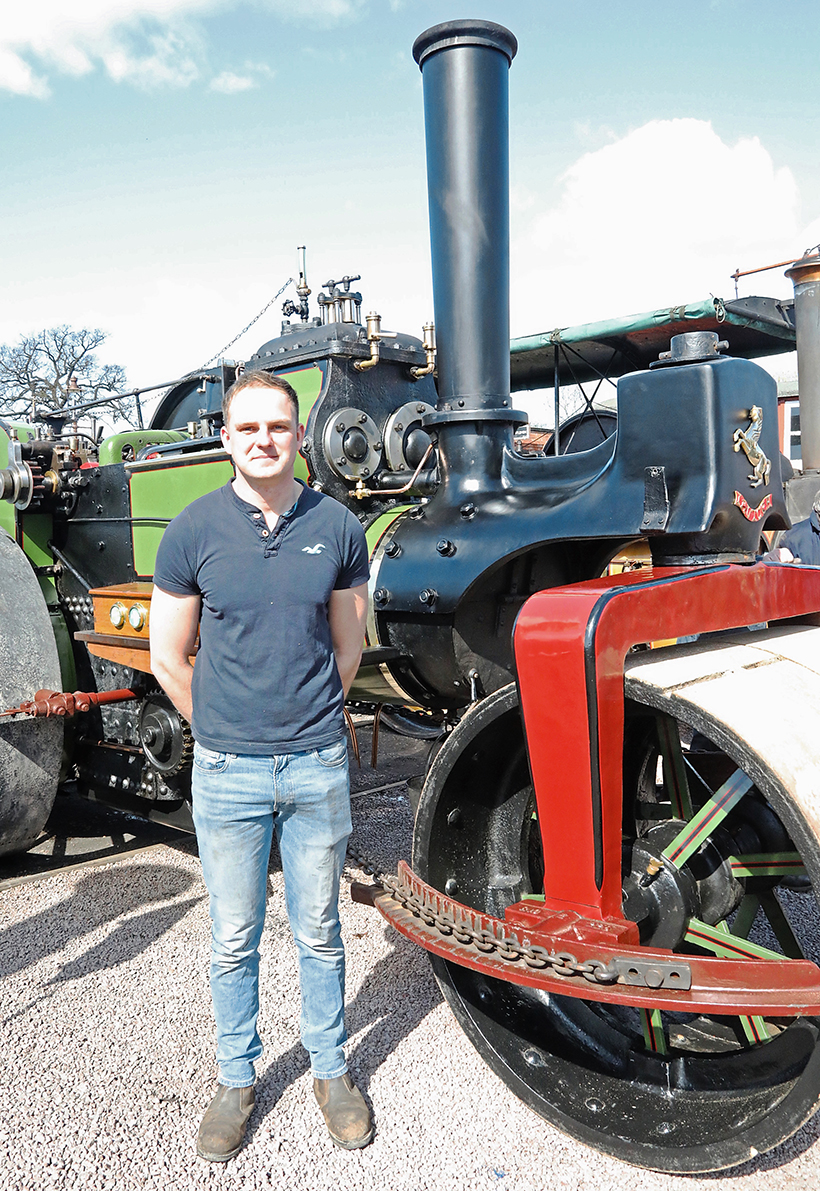
Skilled preservation restorer Jack Brown, the owner of Aveling & Porter 10RC Prince Albert which he purchased in 2021. (Pic: Peter Love)
On the Saturday of the Easter Vintage, the mighty 9F class 2-10-0 No. 92214 Leicester City was running – this was bought for the line by a generous benefactor recently and certainly stands out and provides a major attraction for the GCR.
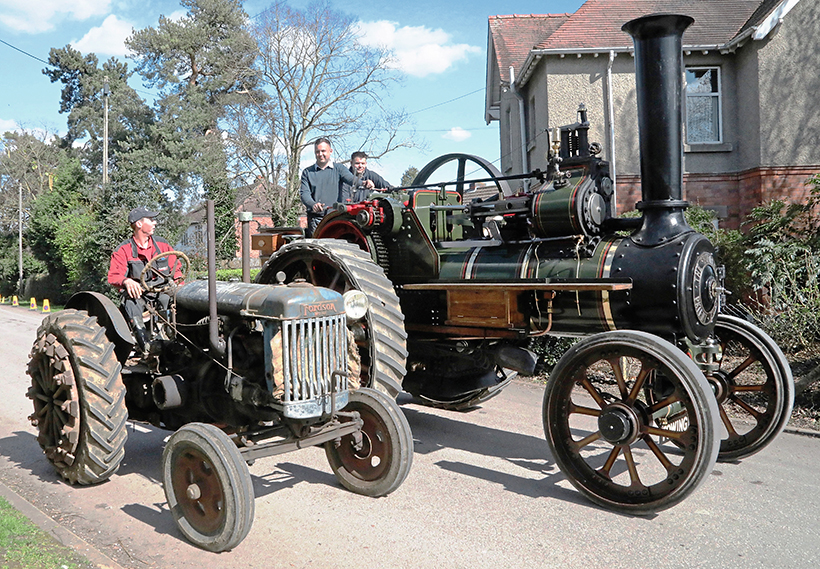
‘Old and New.’ It could be the 1940s at Quorn & Woodhouse where Ted Haggard is on its way to a well wagon and the scrapyard as the ‘new’ Fordson E27N Major petrol/paraffin powers past. Luckily that was not the case! (Pic: Peter Love)
As I arrived at Quorn & Woodhouse and looked from the road bridge over the goods yard and station, it was full of the traditional things that we just love. The Howard Brothers’ fair, which included the 1866 Savage steam gallopers, 1947 Atlantic Star big wheel and children’s miniature train, was ready for the day ahead. By the big wheel was the 1920 Fowler R3 8hp No. 15653 Renown, which was joined later by its sister No.15652 Repulse which carries a similar livery as both worked for Murphy’s. You can tell the engines apart as Repulse doesn’t carry any dynamo canopy front uprights.
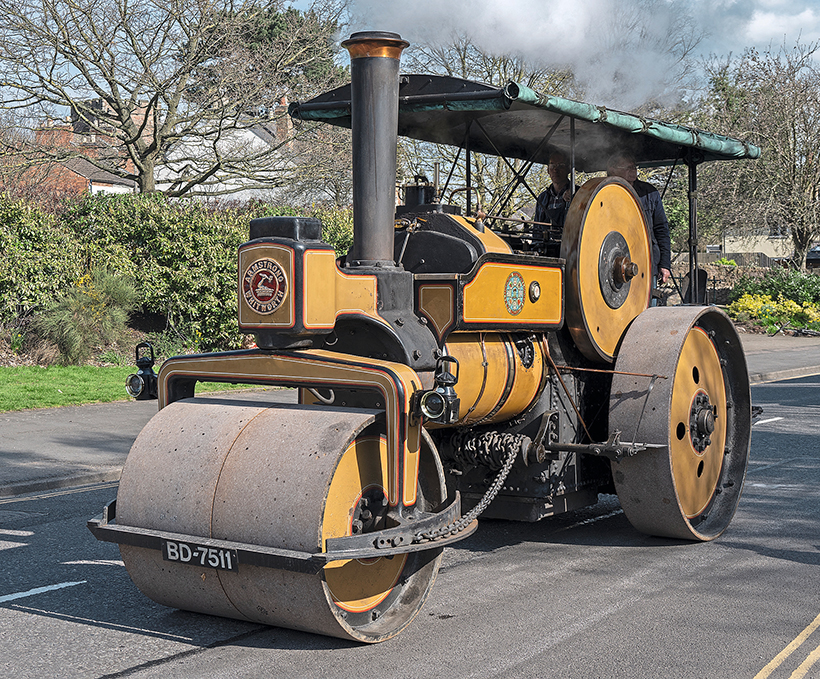
Former Kettering Urban District Council 1923 Armstrong Whitworth roller No. 10R2 of Mick George climbs Quorn High Street. (Pic: Simon Colbeck)
There were three anniversaries pointed out to me by show organiser Mark Stokes, who has owned the ex-Teddy Boston 1903 Aveling & Porter R10 single-cylinder roller No. 5163 Thistledown for some 16 years. This engine was celebrating its 120th birthday. It’s mechanically maintained by Matthew Stanton of Stanton Collection Ltd, Ashbourne, Derbyshire, who attended to the main bearings over the winter months and it was running very smoothly. If you need any mechanical work on your engine, tractor or car, then Matthew is your man. You can call him on: 07506 228322.
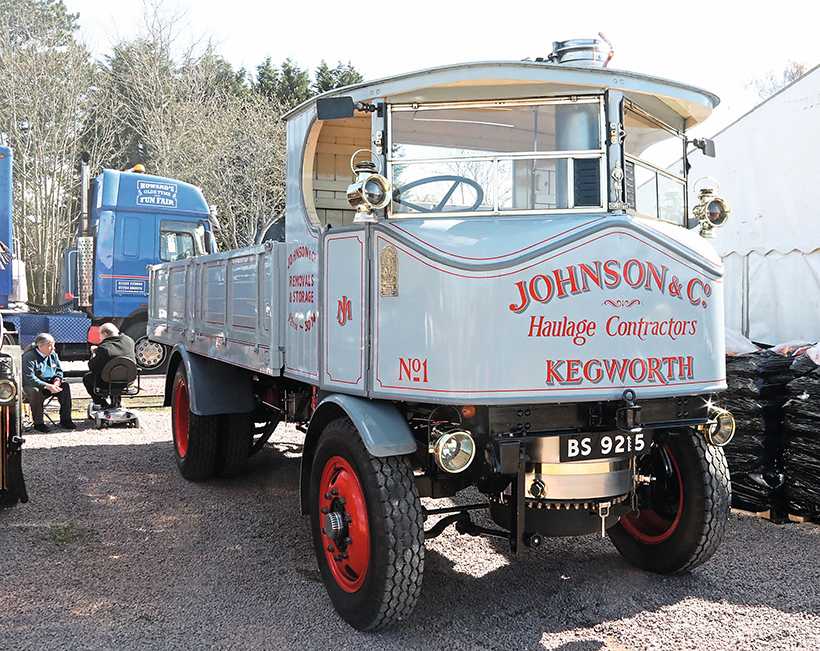
The Johnson’s 1928 Super Sentinel No. 7651 BS9215 looks a treat. (Pic: Peter Love)
Mick George’s 1923 Armstrong Whitworth 10R2 road roller – the most genuine of the breed particularly as it never carried the modified piston rings until well into preservation – was celebrating its centenary.
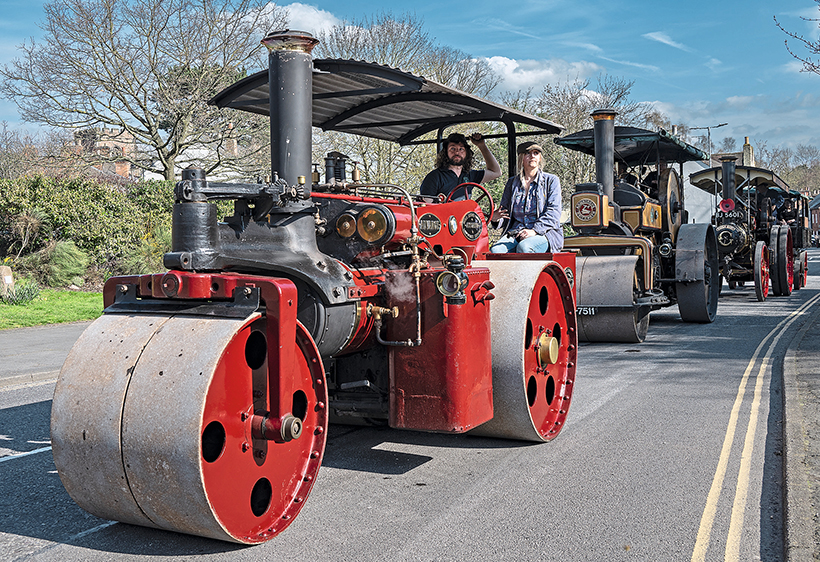
Simon Tansley’s ex-Aysgarth County Council 1925 Wallis & Steevens Advance No. 7833 has undergone a major rebuild. Here it’s heading through the village of Quorn on a sunny Bank Holiday Saturday. (Pic: Simon Colbeck)
The other celebration was for the 100th birthday of the Johnson family’s 1923 Wallis & Steevens Advance 6-ton road roller No. 7784 Winifred George. This engine worked for Henry Woodham of Catford in his extensive fleet until the early ’60s, and lived at Hildenborough, in Kent, for a short while. The roller looked a real beauty.
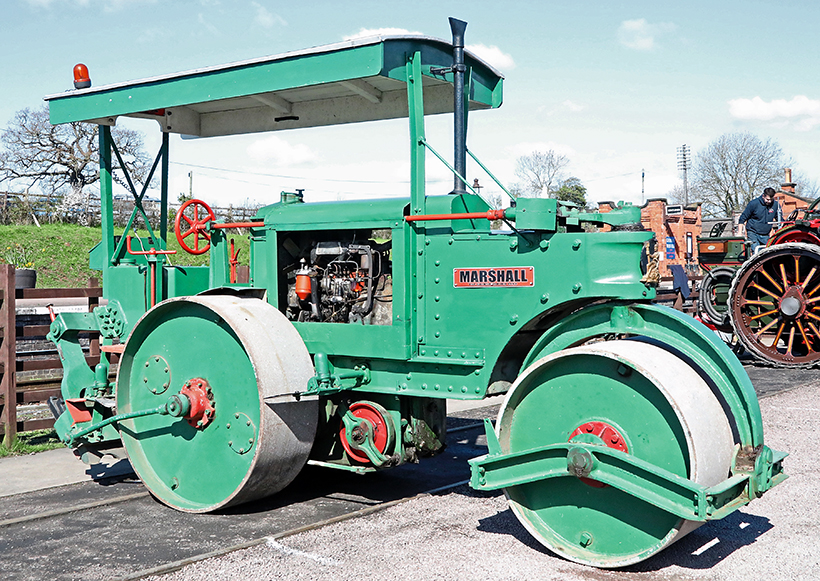
Great to see the 1953 Marshall i/c road roller with Perkins L4 engine. (Pic: Peter Love)
The only steam lorry in attendance was the Johnson’s 1928 Super Sentinel No. 7651 BS9215 dropside waggon, looking splendid in its light grey livery – a colour that you wouldn’t have expected to see a steam wagon in, thinking about all the cleaning!. The waggon started out as a short wheelbase 5-ton tipper for Cambridge University & Town Gas Company, and it was fitted with pneumatics in November 1933. There’s a working picture of the waggon included in the Old Glory Collectors Series Steam Wagons Part 3, which is available from the Kelsey shop (tel: 01959 541444).
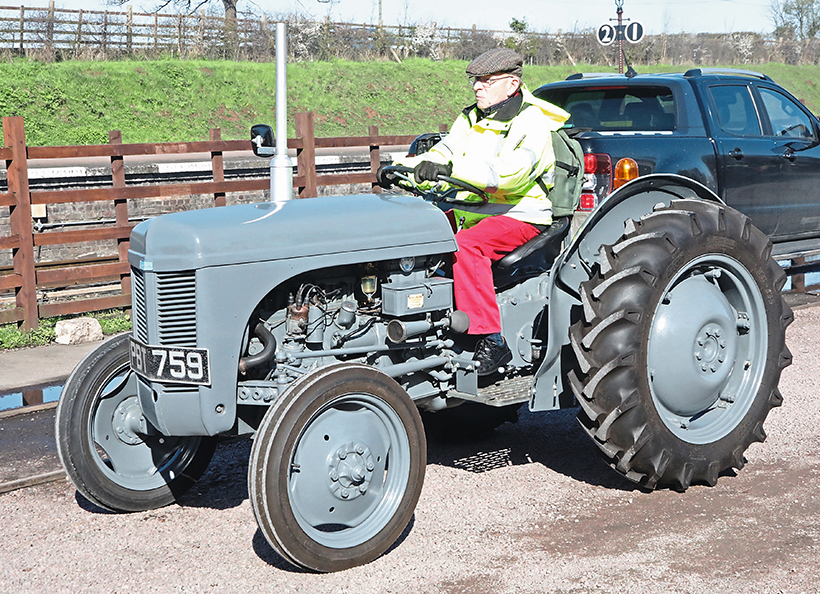
Richard Hibblethwaite, born in Yorkshire, came from Rothley with his 1955 Ferguson TE-D 20 that’s been in his family since April 1968. (Pic: Peter Love)
However, the star of the show was certainly the ex-Colin Hatch 1901 Burrell 6hp single-crank compound No. 2426 BL4843 Ted Haggard, which was purchased last September by Tom Wing and Karl Titchener, who have since re-tubed the single-drive, rear sprung engine. It looked absolutely splendid and certainly stood out from the crowd.
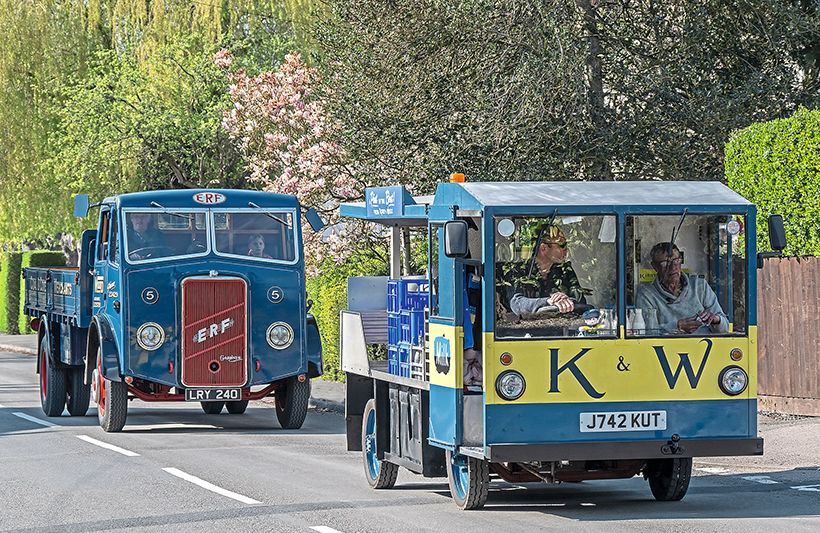
Kirkby & West electric milk float leads the ERF flat bed along the streets outside Quorn & Woodhouse station. (Pic: Simon Colbeck)
In fact, I noted two stand-out road rollers at the event. First there was the graceful ex-Mike Hynd 1901 Aveling & Porter RC10 OHV No. 4765 ME2353 Prince Albert of Jack Brown of Marsden Steam & Vintage Restorations. There is to be a high class rally at its site at Marston Trussell, Market Harborough on August 19th-20th. This won’t be a small affair knowing the need for an event in this area and the respect that Karl Tichener and his troops have in the area, so make a note in your diary and do go along. You won’t be disappointed.
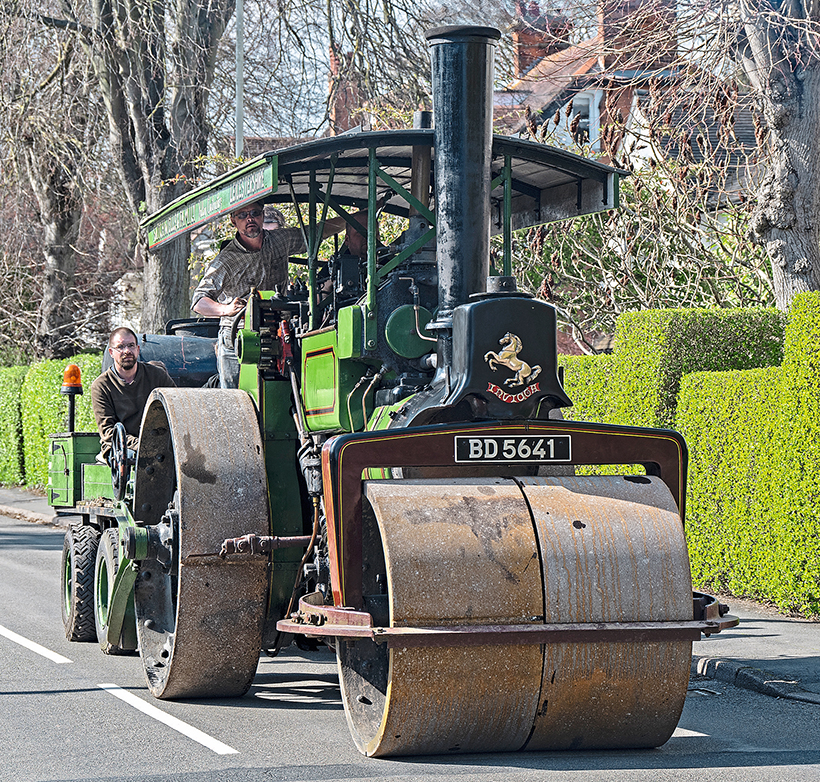
The Satchwell family’s 1919 Aveling & Porter type BHOD 12-ton roller No. 9027 heads out on the Saturday evening road run. This was its first time at Quorn & Woodhouse for many years. (Pic: Simon Colbeck)
The other roller that really stood out was the 1925 Aveling & Porter F type 10-ton compound No. 11240 RO641 Louise, which was with Taylor Brothers of Wimbish. A lovely restoration had been carried out and it was a credit to the team involved.
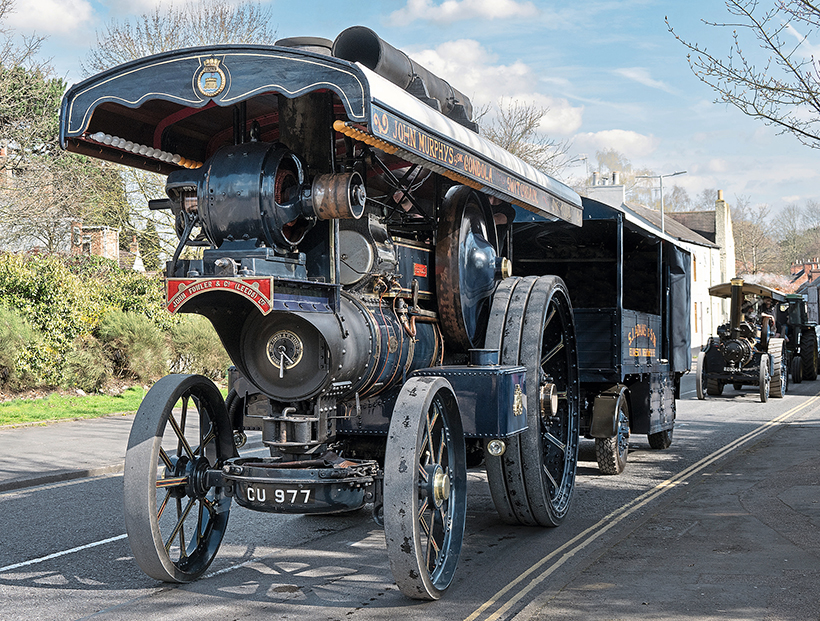
1920 Fowler showman’s No. 15652 Repulse takes to Quorn High Street. (Pic: Simon Colbeck)
There was a fine smattering of stationary engines, miniatures, lorries and cars at the show, as well. We will look at the miniatures here in a separate feature. All told it was a great event and the road run on Saturday went especially well.
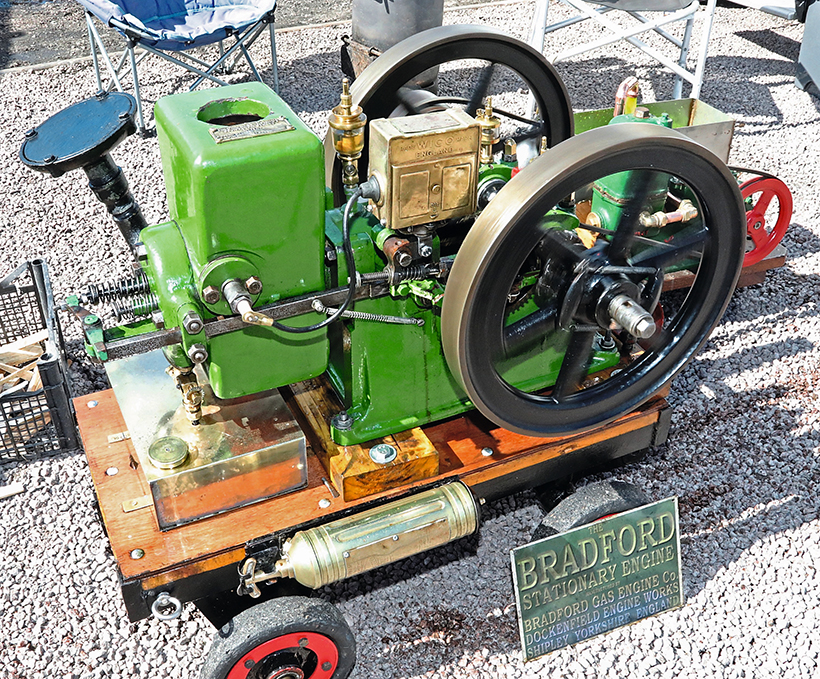
The stationary engines are always a feature here, like this Bradford 2.5hp engine. (Pic: Peter Love)
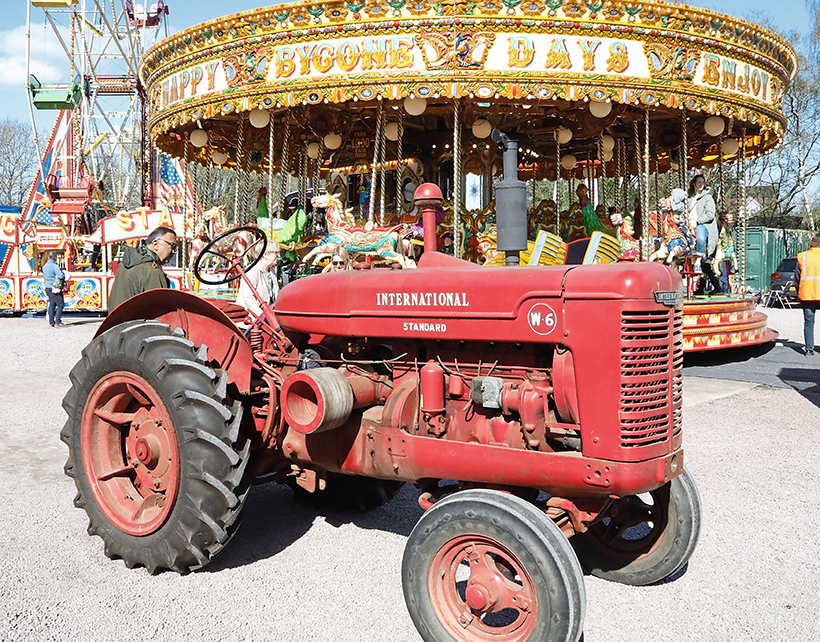
The Raymond Loewy-styled International W6 was a typical tractor that came to the UK under Lend Lease during WW2. This model isn’t the most comfortable to drive! (Pic: Peter Love)
This feature comes from the latest issue of Old Glory, and you can get a money-saving subscription to this magazine simply by clicking HERE
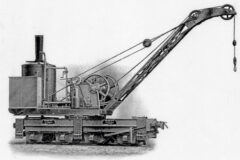
Previous Post
The fantastic cranes of Job Isles

Next Post
Famous 1960s Radio Caroline trawler to be saved!



